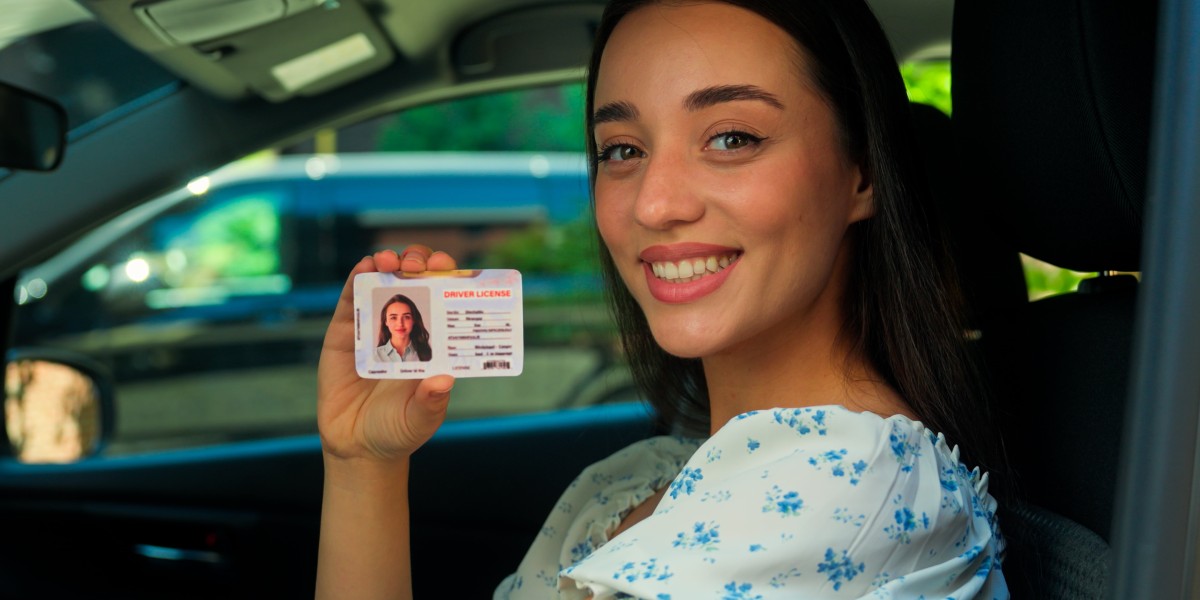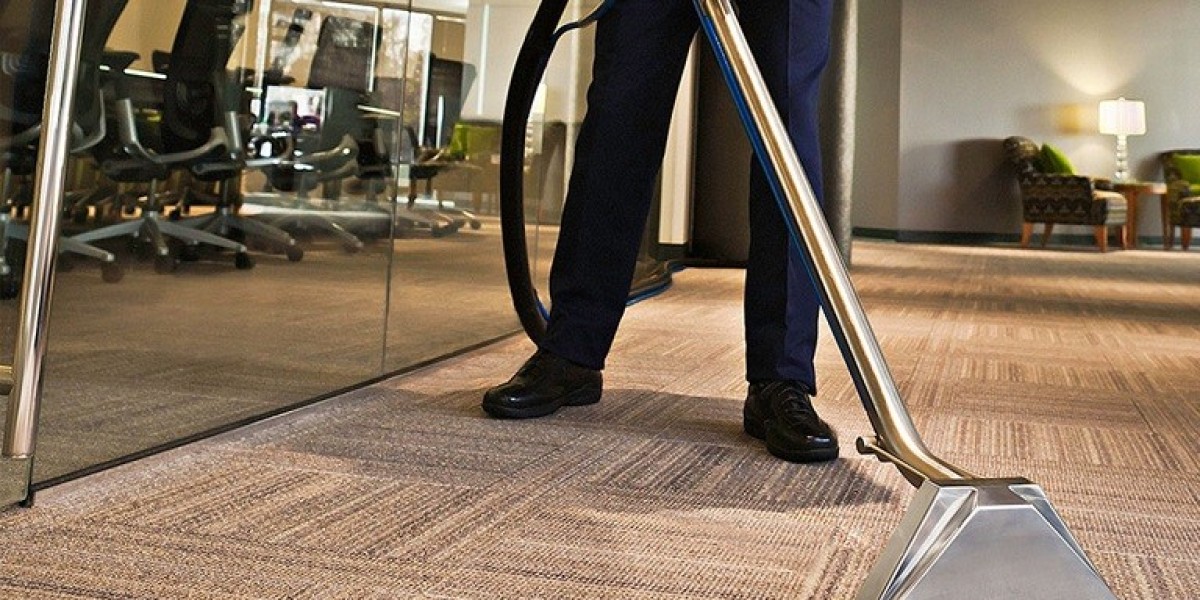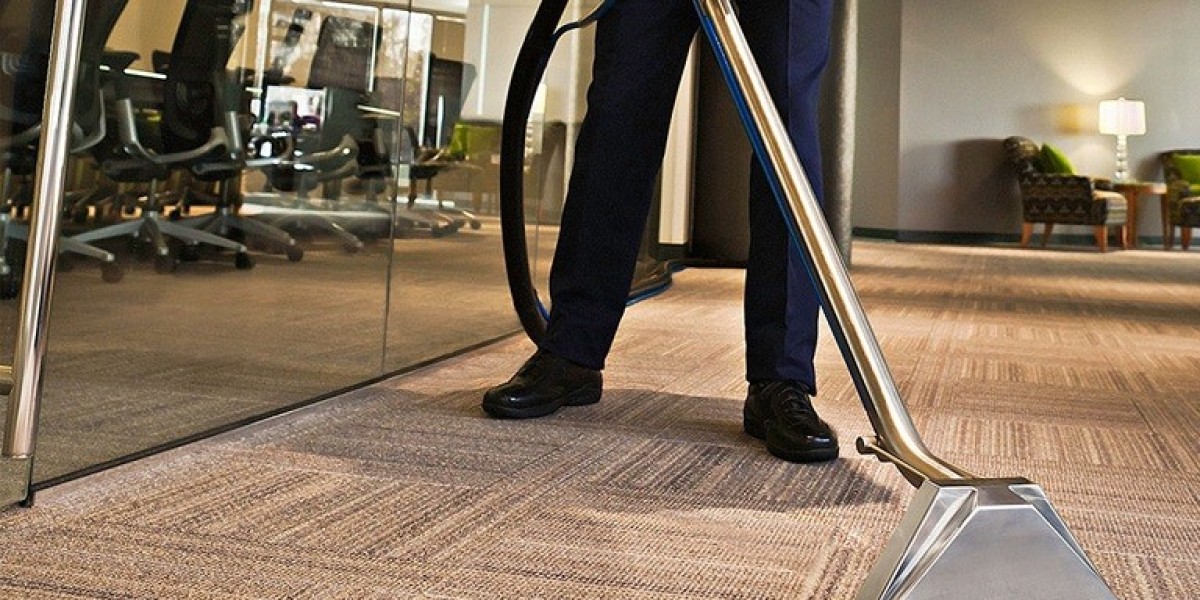Understanding the UK Driver License: A Comprehensive Guide
In the United Kingdom, holding a driver's license is an essential aspect of mobility and independence. Enabling individuals to operate motor automobiles lawfully, the driver license system is governed by a set of regulations that ensure both safety and competence on the roadways. This short article looks into the intricacies of obtaining a UK driver License Uk license, the different types offered, the application procedure, renewal requirements, and often asked questions concerning the licensing system.
Types of Driver Licenses in the UK
In the UK, driver licenses are classified based upon the type of automobile being run. The following are the primary categories:
Category B: This is the most common type for automobiles. It enables the holder to drive automobiles with a maximum weight of 3.5 tonnes and bring as much as 8 passengers.
Category A: Pertaining to motorcycles, this classification is divided into three subcategories:
- A1: Light bikes (as much as 125cc)
- A2: Medium bikes (up to 400cc)
- A: Any bike
Category C: For larger vehicles such as trucks, this category permits the holder to drive lorries over 3.5 tonnes.
Classification D: This is designated for driving buses and coaches, which can bring more than 8 travelers.
Classification BE, CE, and DE: These permit the driving of larger automobiles with trailers.
Getting the right license is vital, not only for legal compliance however likewise for making sure the security of the driver, travelers, and other roadway users.
Actions to Obtain a UK Driver License
Obtaining a driver license in the UK includes numerous actions, that include:
Step 1: Apply for a Provisional License
Before learning to drive, people must get buy a drivers license online provisional license. The requirements include:
- Being at least 17 years old (or 16 if making an application for a bike or moped license uk).
- Offering identification, such as a passport or biometric residence authorization.
- Paying the appropriate charge.
Step 2: Prepare for the Theory Test
Once in belongings of a provisionary license, candidates must prepare for the theory test, which is divided into 2 parts:
- Multiple-choice concerns: Testing knowledge of road rules and regulations.
- Risk perception test: Evaluating the ability to determine possible hazards on the road.
Step 3: Pass the Driving Test
After passing the theory test, people can schedule a useful driving test. This involves:
- Taking lessons with a qualified trainer to acquire driving skills.
- Undergoing a dry run that evaluates driving capability, decision-making, and road security awareness.
Step 4: Acquire a Full License
Upon passing the driving test, the individual can apply for a complete driving license. The actions include:
- Completing the application provided by the Driver and Vehicle Licensing Agency (DVLA).
- Submitting the needed documents including the pass certificate from the driving test.
- Paying the cost for the complete license.
Step 5: Understanding the Probationary Period
New drivers in the UK are subject to a probationary period of 2 years after passing the driving test. During this time, building up 6 or more charge points can result in the license being withdrawed.
Renewing Your Driver License
Driver licenses in the UK do not expire indefinitely; they require renewal. It is recommended to restore your license every ten years. Here are the steps for renewal:
Check your eligibility: Valid driving licenses should be restored before they end or if there are modifications to personal scenarios (such as health status).
Submit the renewal application: This can be done online or via post. The renewal application needs similar paperwork as the preliminary application, including identification and any relevant fees.

Await processing: Once the application has actually been sent, it typically uses up to three weeks to get the restored license.
Often Asked Questions (FAQs)
Q1: Can I drive with an overseas license in the UK?
Yes, visitors to the UK can drive utilizing a valid abroad driver license for up to 12 months. However, after this period, they must request a UK license if they want to continue driving.
Q2: What documents do I require to look for a provisional license?
You will require proof of identity, a passport-sized picture, and payment for the application charge. In addition, if you have actually changed your name, you'll require to supply supporting documents such as a marriage certificate or deed survey.
Q3: What occurs if I lose my driver license?
If you lose your driver license, you must report the loss to the DVLA and get a replacement. This can be done online licence or via a paper application.
Q4: Are there any unique considerations for acquiring a license for individuals with disabilities?
Yes, the UK has provisions and support offered for people with disabilities. Each case is assessed on an individual basis, and modifications in automobiles may be needed. The DVLA provides additional assistance for this procedure.
Q5: How long does it take to get a complete driving license after passing the test?
Generally, once you pass the useful driving test, you can anticipate to get your complete license within three weeks. However, this can differ based upon the volume of applications the DVLA is processing.
Obtaining a UK driver license is a multifaceted procedure that requires devotion and understanding of roadway safety. From the preliminary application for a provisional license through to the final acquisition of a full driving license, each action contributes significantly to guaranteeing that the roadways remain safe for all users. By comprehending the numerous requirements and keeping up with changes in legislation, aiming drivers licence uk can navigate the complexities of the UK licensing system with confidence.








